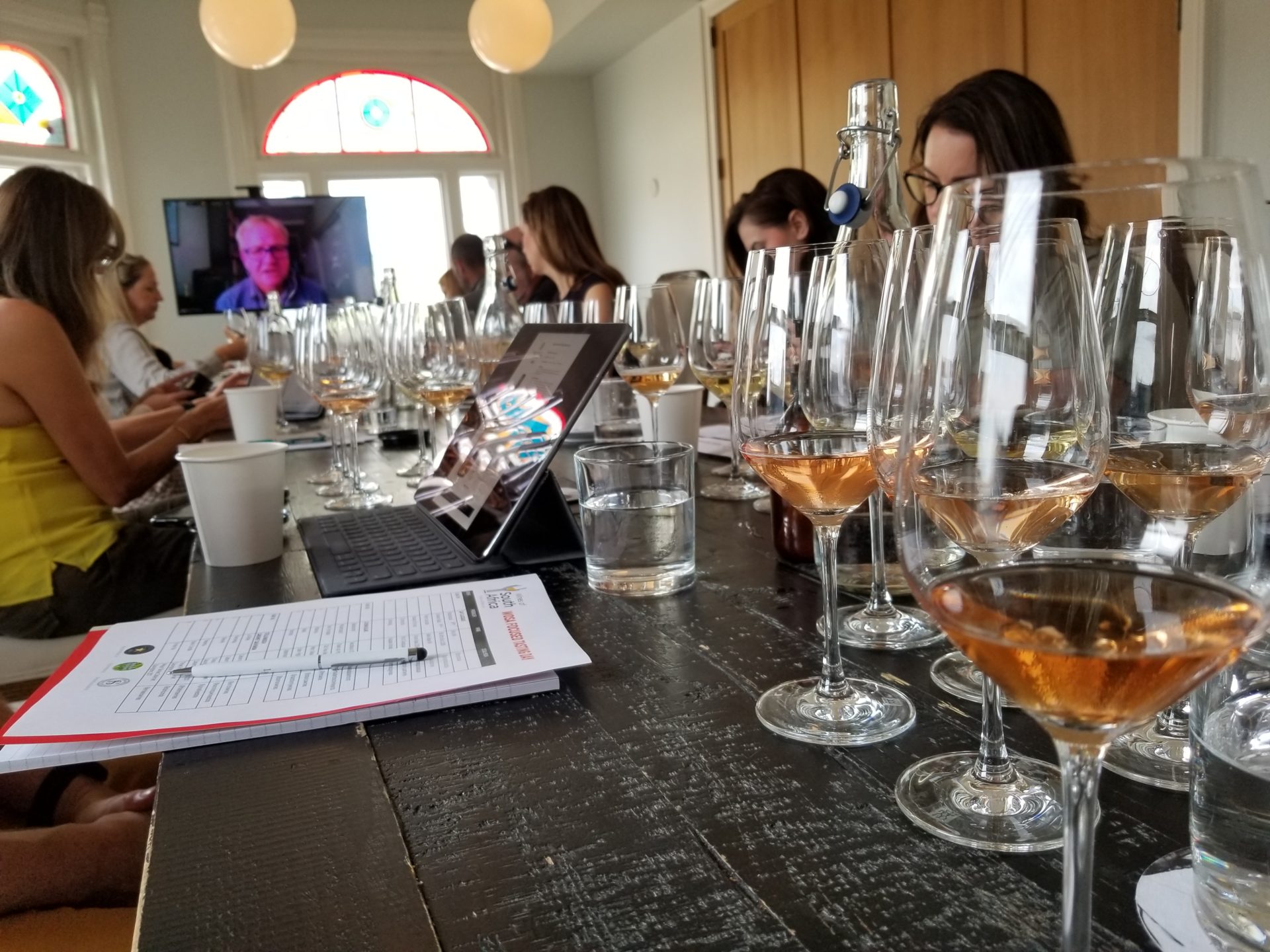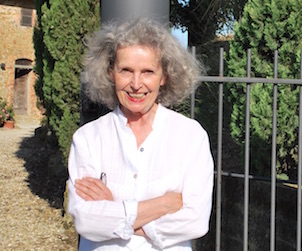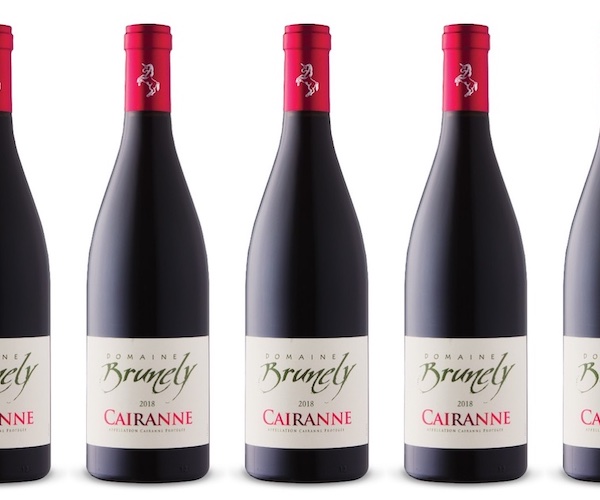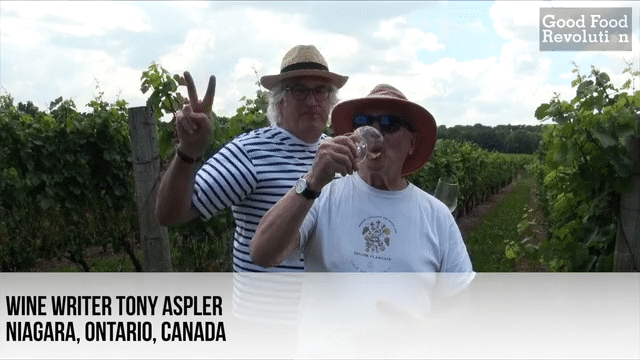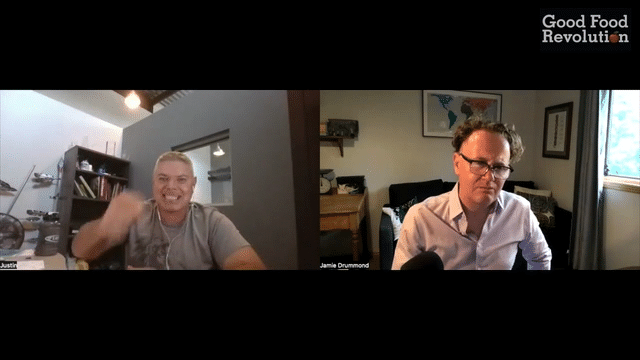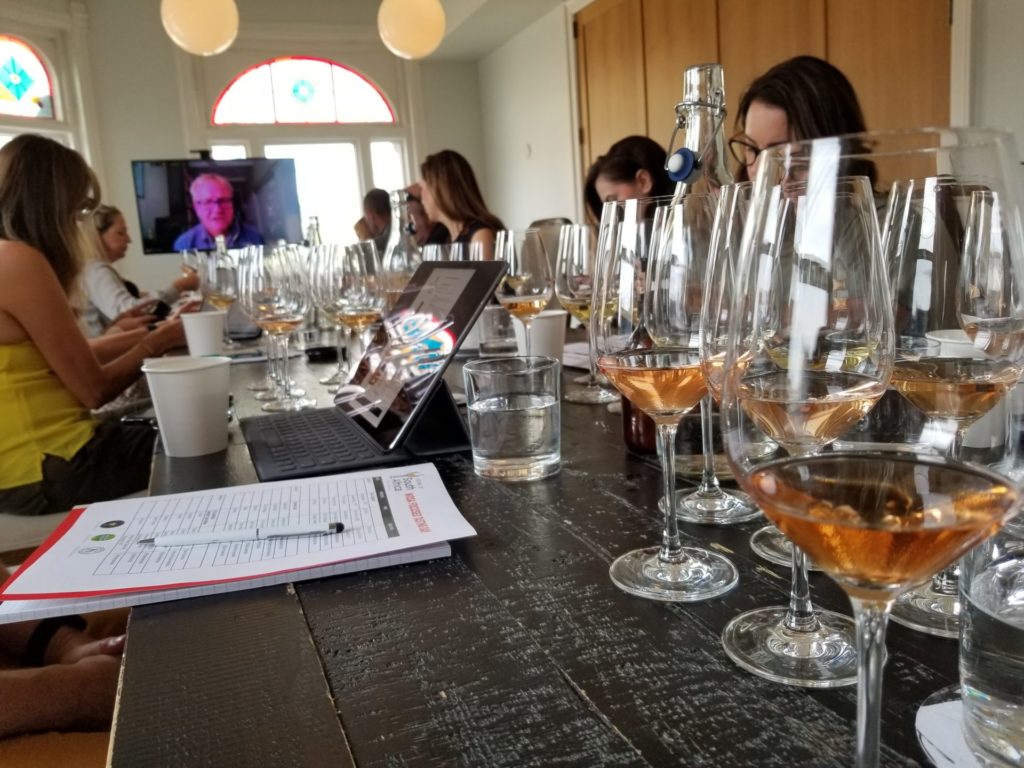
[Author’s note: The Cap Classique Association has since dropped the “Méthode”, thus my titular Naughty By Nature reference now rings slightly hollow but the wien is still just as good!]
On a gorgeous fall day in Toronto, I recently joined several sommeliers and wine professionals at Peter Pan Bistro to participate in a tasting held simultaneously across 15 North American cities together with wine producers beaming in from the Southern Hemisphere. This well-organized event was put on by Wines of South Africa and it was my first in-person professional tasting since the pandemic began. One lasting impression I was left with after this hybrid event was that not everything we had learned to do in the past year (virtual tastings) will go away when this is all over. Indeed, the ability to connect several different in-person wine communities with producers half a world away is an excellent model and one I hope to see more of, if only for its small carbon footprint.
One reason we were gathered both virtually and physically is because 2021 marks the 50th anniversary of a singular style of sparkling wine: the Cap Classique from South Africa. The term Cap Classique has been used in South Africa since 1992 and it wears its Francophilia on its sleeve, as it were. “Cap” refers to the Western Cape, where the grapes for this wine are grown and “Classique” to the fact that the wine is made in the Traditional Method.
The Cap Classique brand name is en français and as Pieter Ferriera, maître de chai at Graham Beck, chairman of the Cap Classique Producers Association, and leader of the seminar, pointed out, the emulation and admiration for Champagne is intentional. Pieter is known as Mr. Bubbles because of his lifetime investment in the category, and having worked seven vintages in Champagne, he has an authentic passion for the region and its wine.
One of the jobs of a somm is to make money for their restaurant and that means being able to find excellent wine inexpensively. One way we do that is by finding wine stand-ins, Barbaresco for Barolo, Monbazillac for Sauternes, St-Véran for Pouilly Fuisse, sourcing similarly made wine in place of their more famous (and expensive) neighbours. But Champagne? I can recall one of my first wine instructors saying that there was no substitute for Champagne and I’m sure the CIVC (Le Comité Interprofessionnel du vin de Champagne) would have agreed with them. [I’m sure they would! – Ed.]
By now, most of us are all-too familiar with the Sparkling Wine Meme, “Well, actually, it’s only X if it comes from the X region of France; otherwise, it’s just sparkling Y.” This meme first served as a brilliant skewering of mansplaining and pedantry and has been so successful that very few drinkers these days are apt to call their Prosecco or Cava, Champagne.
There was a time, however, when this innocent mistake (calling every single bubbly wine, Champagne) was routine, and you would have been hard-pressed to find a wine professional who didn’t have a story about someone presenting them with a magical bottle of “Champagne” from Germany, Italy, or California. Indeed, some American wine producers persist with this historical naming convention (Korbel’s Champagne was famously served at former US President Obama’s 2nd Inauguration Dinner).
What is it about Champagne which inspires such confusion, admiration, and emulation? It was and is the first internationally famous sparkling wine, shepherded now by the wealthiest (and most litigious) wine organization in the world into a luxury brand. But Champagne is also terroir, cépages, méthode, and élevage. There are many imitators of Champagne, and several individual wines would stand out in a blind tasting, but no other designated category competes as well with Champagne in terms of value as Cap Classique.
In terms of terroir, the South Africans have a stunning array of soils. “We don’t have the calcareous soils [of Champagne] but we do have huge limestone deposits. The most important limestone deposits lie in the Robertson region,” explains Pieter Ferreira. The warm Mediterranean-like climate of the Cape means that grapes destined for Cap Classique do not struggle to ripen but must rather be picked early to retain acidity. “We never have to chase ripeness like Champagne, but we have to chase the sun, because the window of opportunity is about 3 weeks.” The grapes for Cap Classique are harvested before the hottest month of January and before the heatwave of summer arrives as opposed to before the fall rains in Champagne.
There is no restriction on which grapes can be used for Cap Classique. In practice, however, Chardonnay and Pinot Noir are preferred or recommended for use by the association. There are a few examples which blend in other grapes like Pinotage and there are four 100% Chenin examples of Cap Classique. Plantings of Pinot Meunier and Pinot Blanc (“the unsung hero of the Aude in Champagne” says Pieter) continue to increase.
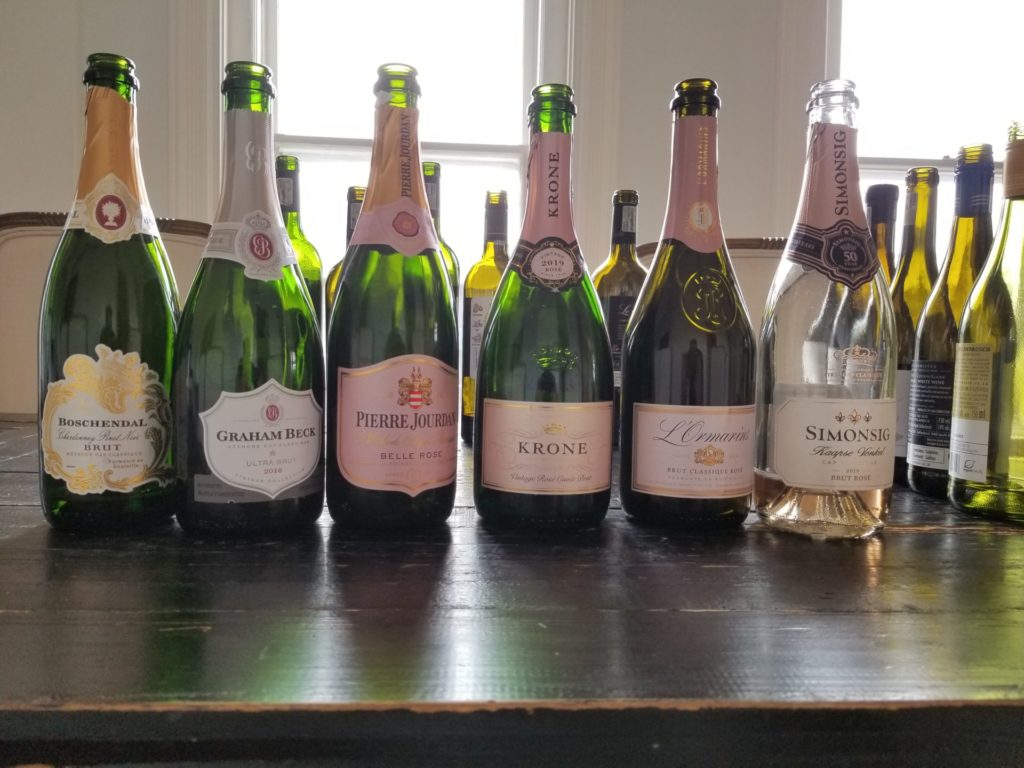
As for méthode and élevage, to be labelled Cap Classique, a wine must be a minimum of three bars of pressure (but is normally around 6) and the same bottle in which the secondary fermentation must also be the one which goes to market, just as in Champagne. Previously, bottles of Cap Classique were required to spend a minimum of nine months on lees. This has now been changed to 12, in line with Champagne which requires the same for non-vintage cuvees. The minimum for vintage cuvées in Champagne is three years and this is the same requirement for Cap Classique prestige cuvées. Pieter says that even more prescriptions are coming.
Why is Cap Classique the best value alternative to Champagne? At the end of our tasting, I asked for the prices of the wines we tried and was stopped in my tracks. Wines of this quality regularly sell for $30 or more, so imagine my surprise to find them all comfortably within the $20-$30 bracket I tend to shop at. I was so amazed that I drove two hours to the small Muskoka town of Dorset to buy the last remaining bottles in the province of a 2013 Blanc de Blancs for $25 each. They can now only be found at Le Petit Bar in Peterborough.
Mr. Bubbles illustrates the point by saying, “We will never be Champagne. I think we have huge respect for the area of Champagne, and we definitely like to believe that if the customer on the day doesn’t want to drink Champagne, Cap Classique should be on their shopping list.”
While the USA is the second largest market for Cap Classique, Canada is 18th in the world and remains flat for growth of this phenomenal wine. Partially, this has something to do with LCBO ordering, but it also requires drinkers to ask for it by name. So, the next time you’re shopping for bubbly if, on the day, you don’t wish to opt for Champers, consider Cap Classique. You won’t be sorry you did.
NV Boschendal Brut
Chard 56% / PN 44% Fine stream, lemon, biscuit, and an herbal, savoury character. Very fresh, linear, stony mouthfeel. 12 months tirage.
![]() ($30.05 not available)
($30.05 not available)
2016 Graham Beck Ultra Brut
Chard 100%, 60 months on lees. Intense apple, apple-skin, lees-y notes (brioche), creamy mouthfeel, some citrus, a fast brook of high acidity through a forest of fruit.
![]() ($25.95 Brut Zero 2014)
($25.95 Brut Zero 2014)
NV Haut Cabriere Pierre Jourdan Belle Rose
100% PN. Straightforward nose of cranberry, red fruits, spice, cellared Macintosh apple, red wine character.
![]() ($19.95 LCBO little remaining)
($19.95 LCBO little remaining)
2019 Krone Brut Rosé
Slight rubber nose, not unlike Cava. Fruity and direct; grippy mouthfeel, crabapple, riper red berries.
![]() ($19.95 2016)
($19.95 2016)
NV L’Oumarins Brut Classique Rosé
Creamy mouthfeel but shows pedigree with an incisive seam of stony minerality. Great structure and complexity, red apple skin, small wild herbs, rooibos.
![]() (BdB 2013 $24.95 sold out)
(BdB 2013 $24.95 sold out)
2019 Simonsig Kaapse Vronkel Brut Rosé
75% Pinot Noir / 23% Pinotage / 2% Pinot Meunier
15 months tirage. String theory of boules. The OG (the first Cap Classique) in a pink silk kimono. Quite soft and creamy, intense red fruit, floral, quite a pleasure.
![]()
(All ratings are out of a possible five apples)
Christopher Wilton was born in Cape Town in 1971 just like Cap Classique!

